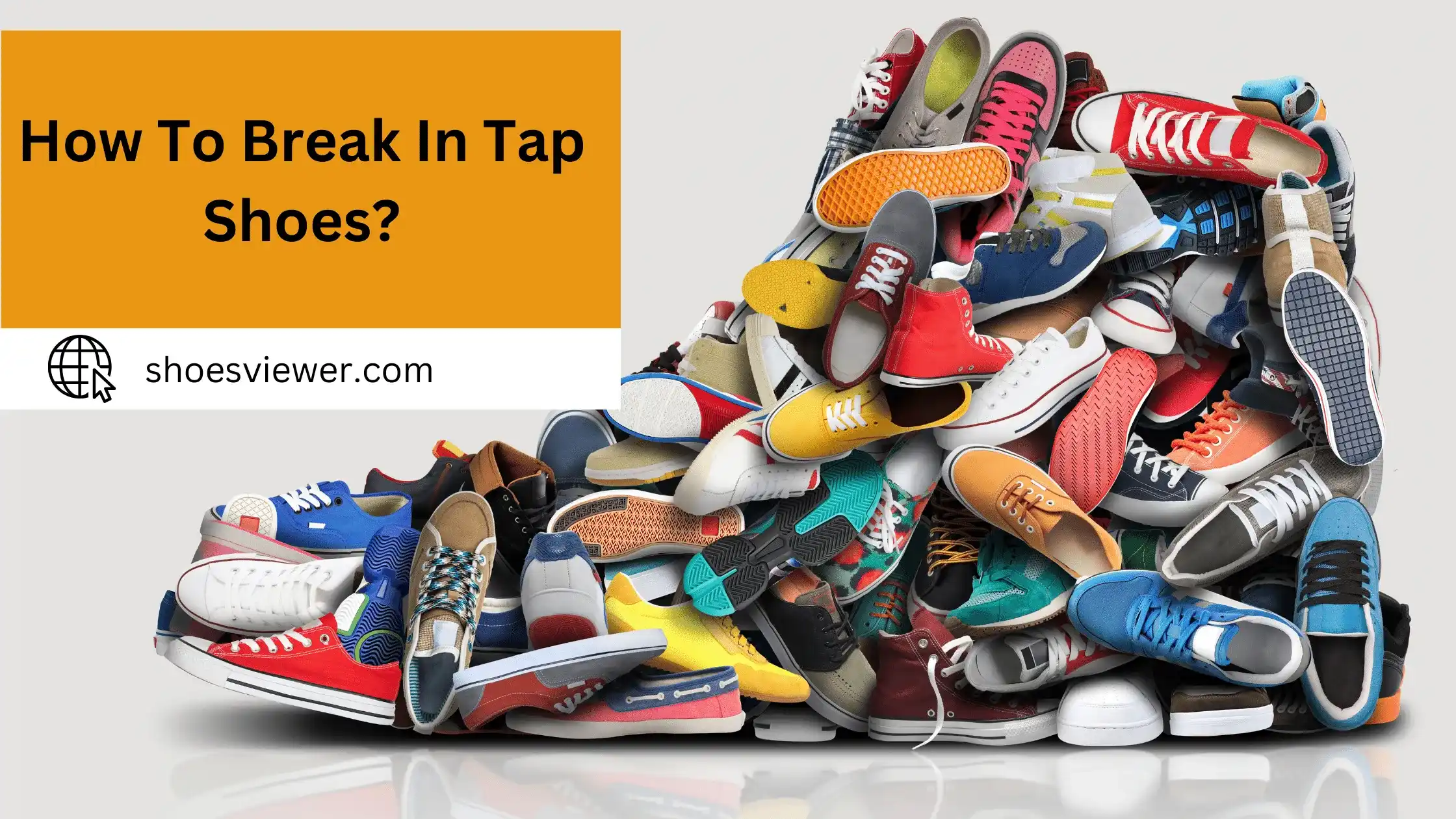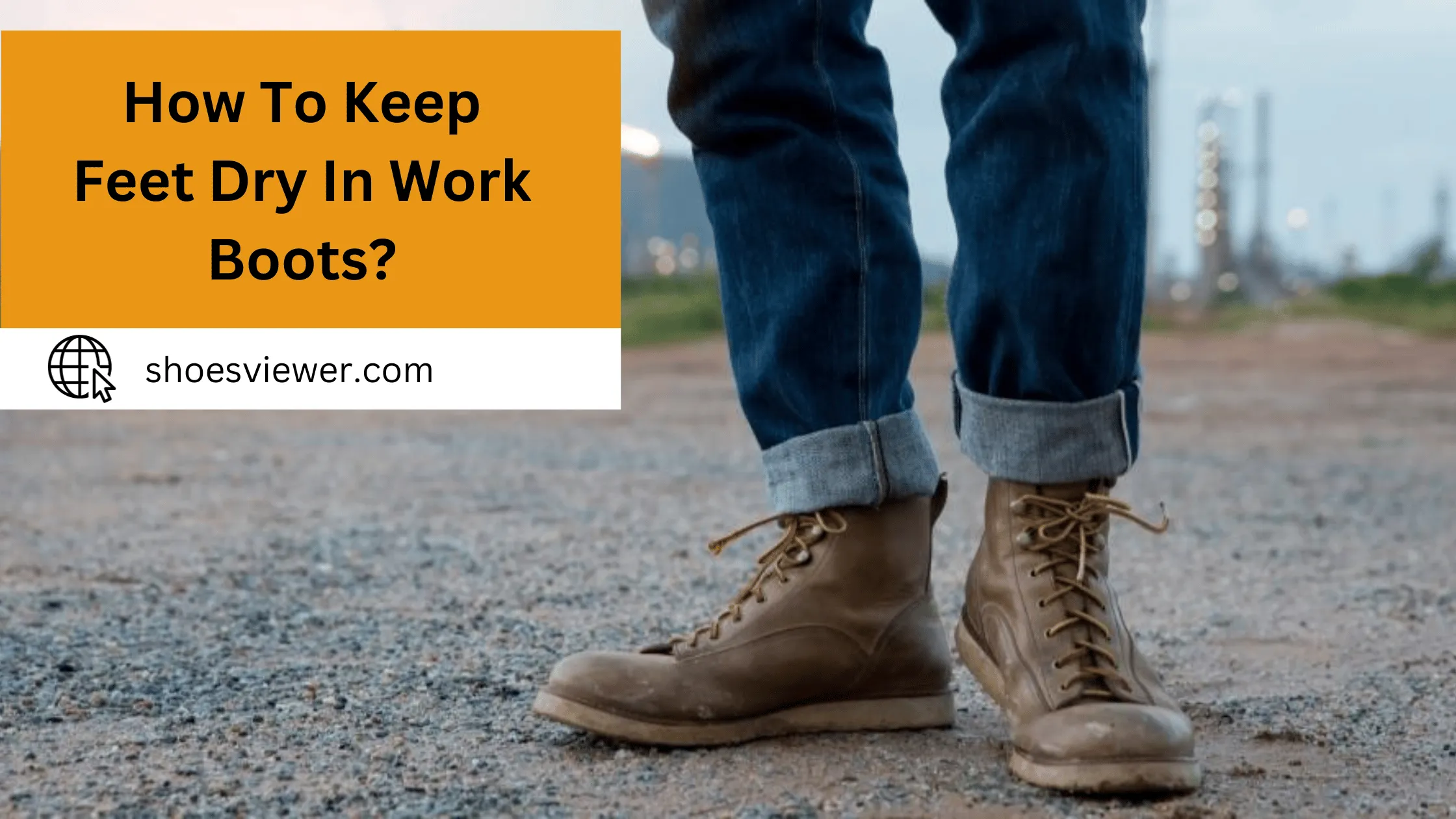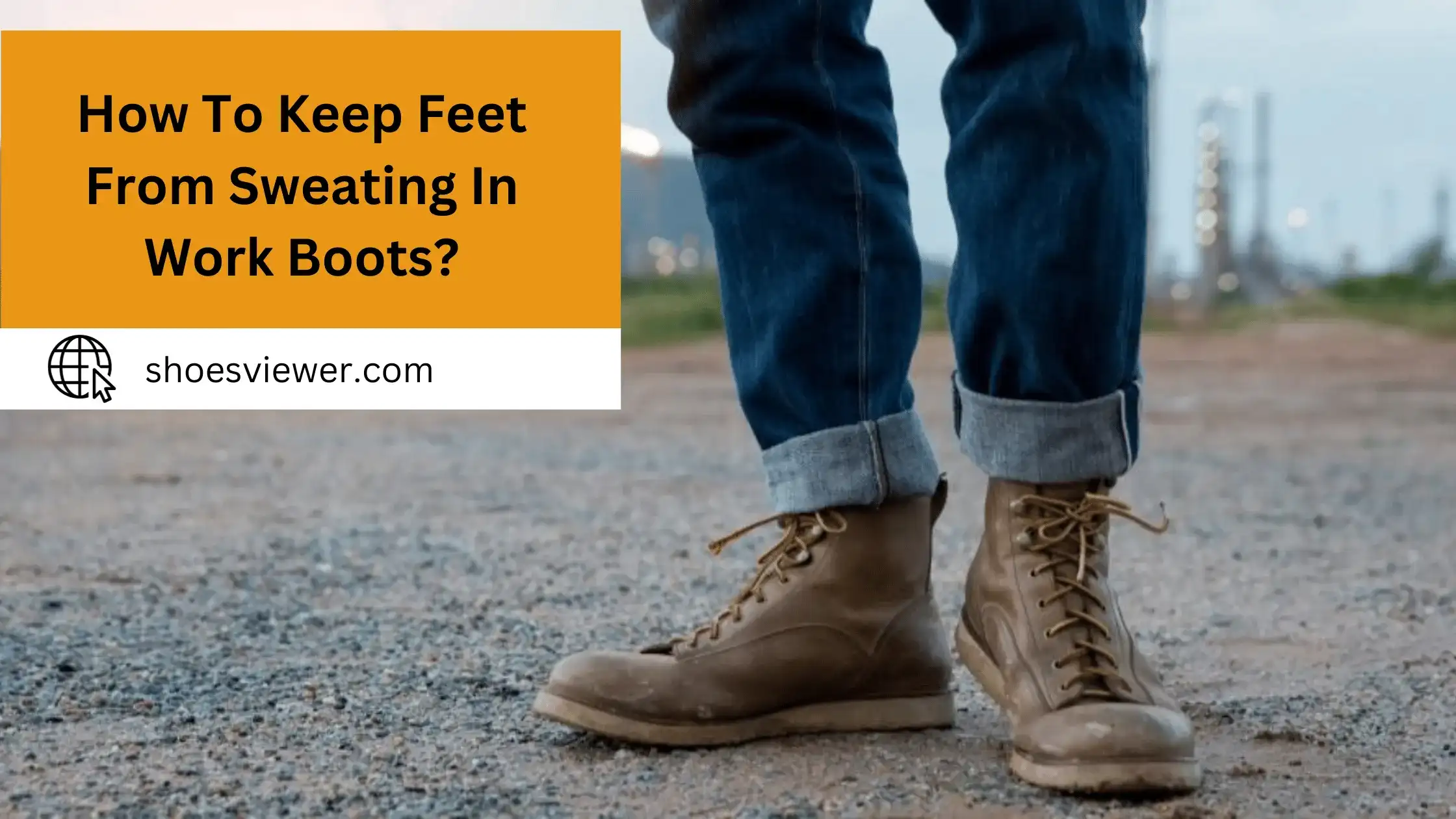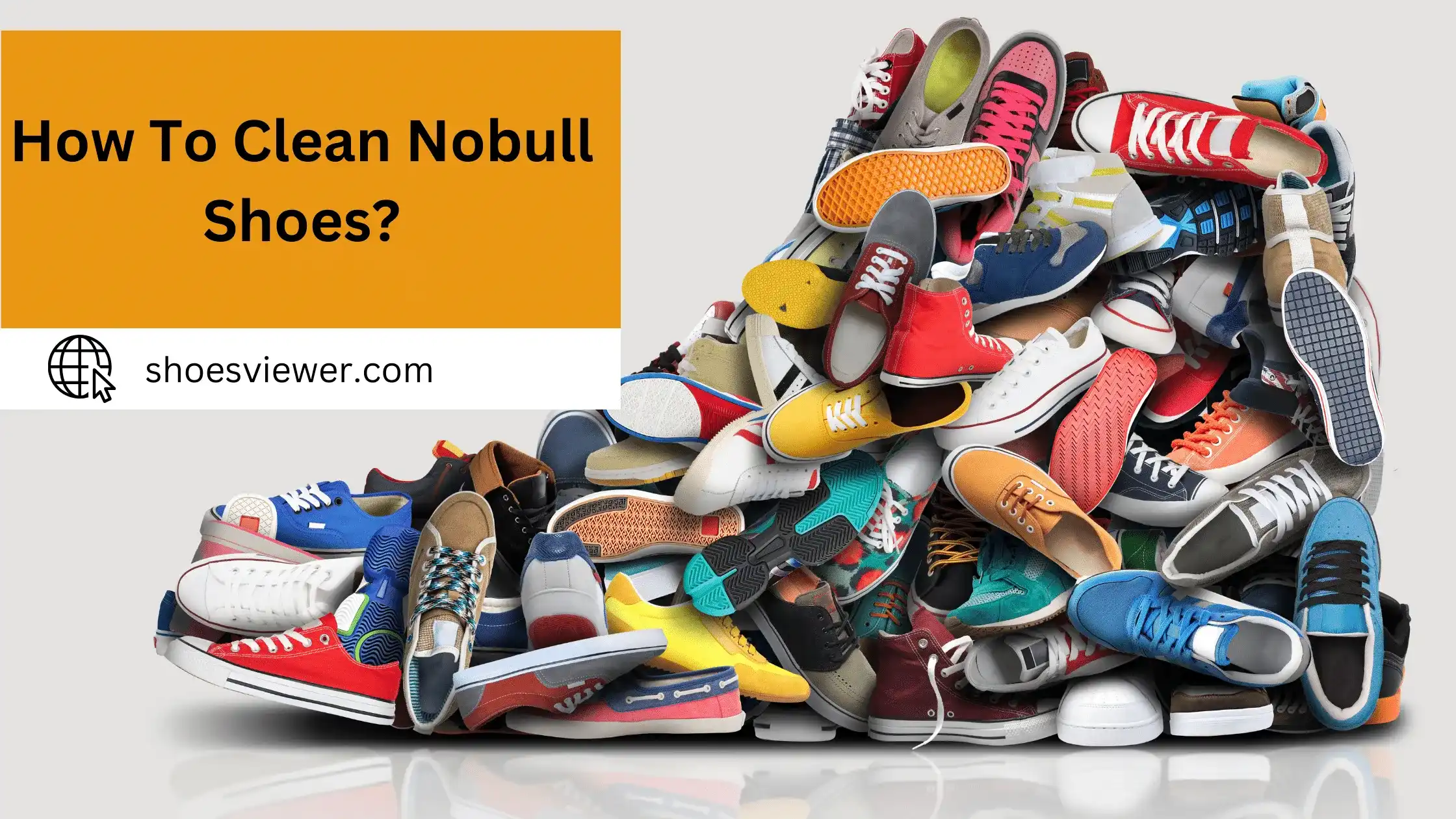Breaking in your tap shoes can seem like an intimidating process, but it doesn’t have to be! Whether you are new to the world of tap and need a bit of guidance or you’re a long-time dancer looking for tips on making your footwear more comfortable and ready for action, we have all the information you need.
With just a bit of time, patience, and effort, you can soften up those stiff leather uppers and get them feeling great during each performance. So let’s get started and learn how to break in your tap shoes the right way!
1. Initial Fitting:
When you first try on your tap shoes, wear the same kind of socks or tights you plan to wear while dancing. The fit should be snug but not painful. Pay attention to areas that might cause blisters.
2. Softening The Material:
Wear your shoes around the house or during less intense practice sessions to soften the shoe material. Start with 15-20 minutes and increase gradually. This helps the shoe mold to the shape of your foot.
3. Toe And Heel Bends:
Flex your feet by doing toe and heel bends. This helps make the sole more pliable, which is essential for tapping. Perform this for about 5-10 minutes a day.
4. Shoe Stretchers:
If some areas are just too tight, a shoe stretcher can help. Insert the stretcher into the shoe and leave it overnight.
5. Tap Time:
Begin by doing basic tap steps on a dance-appropriate surface. Keep initial sessions to about 20-30 minutes, and focus on steps that require flexibility in the shoe.
6. Heat And Stretch:
Use a hairdryer to warm any tight spots for about 20-30 seconds, and then flex and bend your feet in the shoes. Be cautious not to overheat the shoes as it might damage them.
7. Professional Adjustment:
A visit to a cobbler specialized in dance shoes can be helpful for ensuring that the taps are correctly aligned and securely attached.
8. Cool Down:
After practicing, let your shoes cool down for at least 30 minutes before storing them. This allows the material to solidify in its stretched form.
9. Condition The Shoes:
If your shoes are made from leather, use a leather conditioner to maintain suppleness. Follow the manufacturer’s instructions for the best results.
10. Store Properly:
Invest in a good shoe bag with ventilation to store your shoes. Keep them in a cool, dry place, and avoid stacking anything heavy on them.
Why Break In Tap Shoes? The Importance Explained:
Breaking in tap shoes is a critical step for any dancer. The process not only molds the shoe to the shape of your foot, increasing comfort during performances but also improves the clarity and quality of the sound produced by the taps. When tap shoes are new, they tend to be stiff and unyielding, which can limit a dancer’s mobility and precision.
Over time, as the shoes are worn and broken in, they become more flexible, allowing for more intricate footwork and better sound resonance. Therefore, breaking in tap shoes is not just a matter of comfort, but also a necessary step to ensure the best possible performance.
Common Methods: Breaking in Tap Shoes Like a Pro
1. Banging Method:
The banging method involves gently banging the sides and soles of the shoes against a hard surface, such as a concrete floor or a wooden beam. The aim is to soften the material and make it more flexible.
Steps:
- Place a towel or cloth on the hard surface to prevent any scratches or damage to the taps.
- Hold the shoe by the heel and lightly bang the sides and sole against the hard surface.
- Rotate the shoe to ensure all areas receive an even amount of force.
- After a few rounds of banging, try the shoes on to check for comfort.
2. Moisture Method:
The moisture method involves applying a damp cloth to the inside of the shoes to help the material stretch. The moisture softens the leather or synthetic material, making it more comfortable to wear.
Steps:
- Dampen a cloth with water until it’s just wet enough to apply moisture without soaking the shoe.
- Gently wipe the inside of each shoe.
- Allow the moisture to soak in for a few minutes.
- Use a dry towel or air-drying to thoroughly dry the shoes.
3. Leather Softeners:
Specialized products are available to soften leather, which can speed up the break-in process. These softeners penetrate the leather fibers and condition them, making the material more supple.
Steps:
- Read the instructions on the leather softener product carefully.
- Apply a small amount of the product to an inconspicuous area to test for discoloration or adverse effects.
- If the test is successful, apply the softener evenly across the material.
- Allow the softener to soak in and dry as per the manufacturer’s instructions.
- Try on the shoes to check for comfort.
Dos and Don’ts: Tips to Avoid Damage While Breaking in Tap Shoes
- Do break them in over multiple days. The gradual approach helps to ensure you’re not causing any long-term damage or setting yourself up for discomfort.
- Don’t use oils or petroleum-based products to soften the material, as these can deteriorate it.
- Do keep your practice sessions short initially. This minimizes the chances of blisters and allows the shoe material to gradually adapt to your feet.
- Don’t ignore discomfort or pain. This could signify that the shoe doesn’t fit properly or that you’re breaking them in too quickly.
Hearing from The Experts: Professional Dancers on Breaking in Tap Shoes
- Professionals often emphasize the importance of patience. Rushing the break-in process can lead to injuries and reduce the longevity of your shoes.
- Practicing on the type of floor you’ll perform on helps not just in breaking in your shoes, but also in getting accustomed to how they sound and feel on that particular surface.
- Any pro will tell you that discomfort should not be ignored. If the shoe is hurting you, it’s time to reassess its fit and the break-in methods you are using.
- If you need adjustments, always consult with professionals. A slight misalignment can affect not just the sound but also the ease of dancing.
- Don’t cut corners when breaking in your shoes. Quick fixes may compromise the durability of the shoe and can affect your performance.
By following these expanded guidelines, you can ensure that your tap shoes are broken in correctly, allowing you to dance both comfortably and effectively.
Conclusion:
All in all, breaking into tap dance shoes is an important process that requires patience. It’s a delicate job to protect your beloved shoes while making sure you develop the right sound for dancing. Getting started is as easy as adding some padding inside the toe box and pre-stretching the leather with water. Ultimately, if you want to make sure your tap dance shoes last longer and sound better, breaking them in properly is essential. With the tips and tricks provided in this post, you’ll be one step closer to getting the right sound for your taps and dances! Tap on, dancers!







